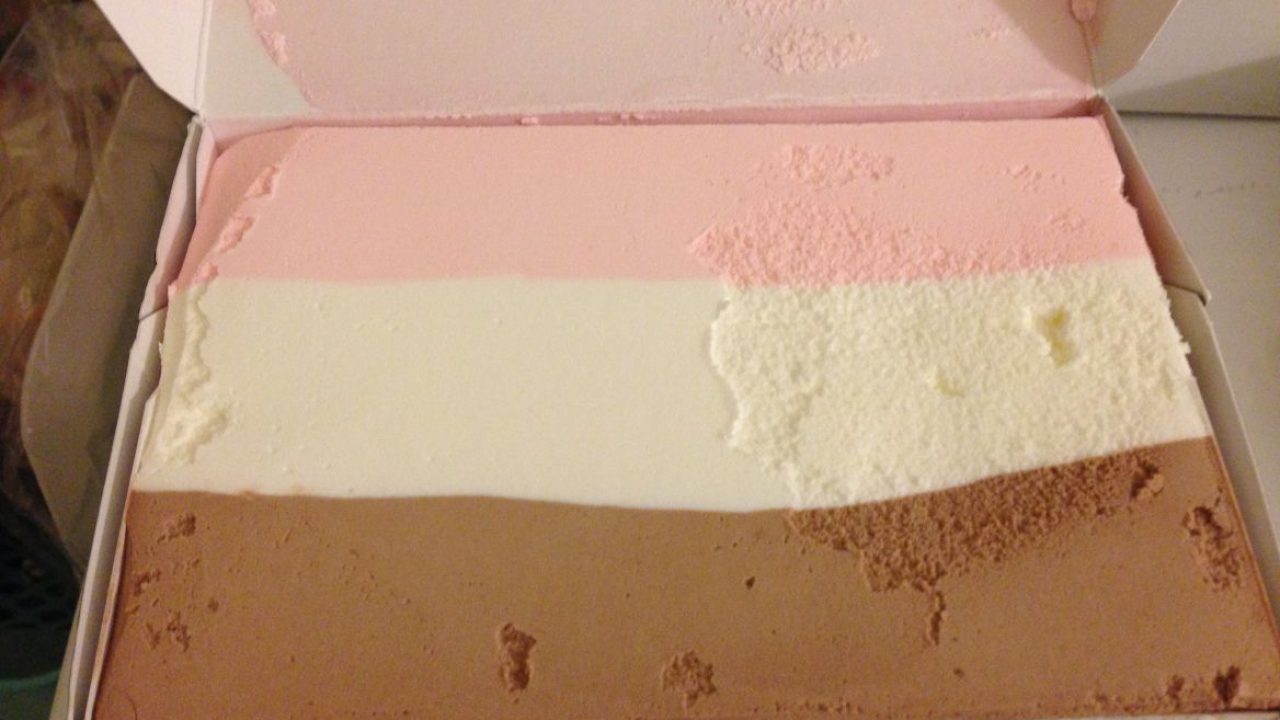Composers have devised many devices that cause a response from the listener. In Major modes, borrowed chords allow composers to accentuate certain lyrics or phrases; Neapolitan chords play a similar role in Minor modes.
The Neapolitan 6th chord is a major chord built on the lowered second scale degree. (In the key of D minor, it is spelled Eb – G – Bb.) It can be notated as N6 or bII6. The Neapolitan 6th chord fulfills the Predominant function, preparing the dominant – substituting for the IV or ii (particularly ii6) chord.
While tonic and dominant chords are usually in root position, the Neapolitan 6th chord is often found in the first inversion, so the third goes in the bass. In some cases, the N6 is found in the root position. N6 is a Soprano-type harmony and moves to another S-type harmony or a dominant chord.

Neapolitan 6th chords can sometimes appear in major modes, but they are most likely to appear in the minor mode or minor modes with borrowed chords. In Major modes, two notes have to be altered so the N6 sounds more distant from the original key, In the minor mode, only one note needs to be changed.
The Neapolitan sixth chord is an idiom specific to classical music. Other music traditions often feature ♭II harmonies (ex. D♭ major chord in the keys of C major or C minor), but usually in root position. These are sometimes referred to as “Neapolitan” chords, but these rarely follow the classical voice-leading and chord functions
https://en.wikipedia.org/wiki/Neapolitan_chord
Creatively Explained gives a good overview of the Neapolitan 6th chord.
12Tone gives more information on the theory that guides using the Neapolitan 6th and how it is employed.
Voice Leading Tips
When moving from i to the Neapolitan 6th chord, it is usually a good idea to move the upper voices in contrary motion to the bass to avoid forbidden parallels—double the bass of the Neapolitan 6th chord rather than the altered root.
Remember to resolve bII in the direction of its inflection either by step or by a diminished third when resolving the Neapolitan 6th directly to V.
When you resolve to a V7, omitting the fifth and doubling the root will make it easier to resolve to a complete i chord and help avoid cross-relation.
Resolve the V7 chord, as usual. The raised leading tone moves up to scale degree 1 while the chordal 7th moves down to scale degree 3.
When you are writing Neapolitan 6 chords, remember first double the bass, never the altered note, and second resolve the altered note down by step or by a diminished third.
The soprano moves in contrary motion to the bass.
Songs that use the Neapolitan 6th
This Bahamian song by Sweet Emily and Ronnie Butler features an arpeggiated N6 chord as a part of the main motif. Listen to the lead synthesizer part from 00:00 – 00:06.
Youtube Resources
Neapolitan 6th Chords in Practice
This week’s task was to use a Neapolitan 6th chord at two different points in a composition. Here is a short composition titled Rising Sun.
Rising_Sun-1